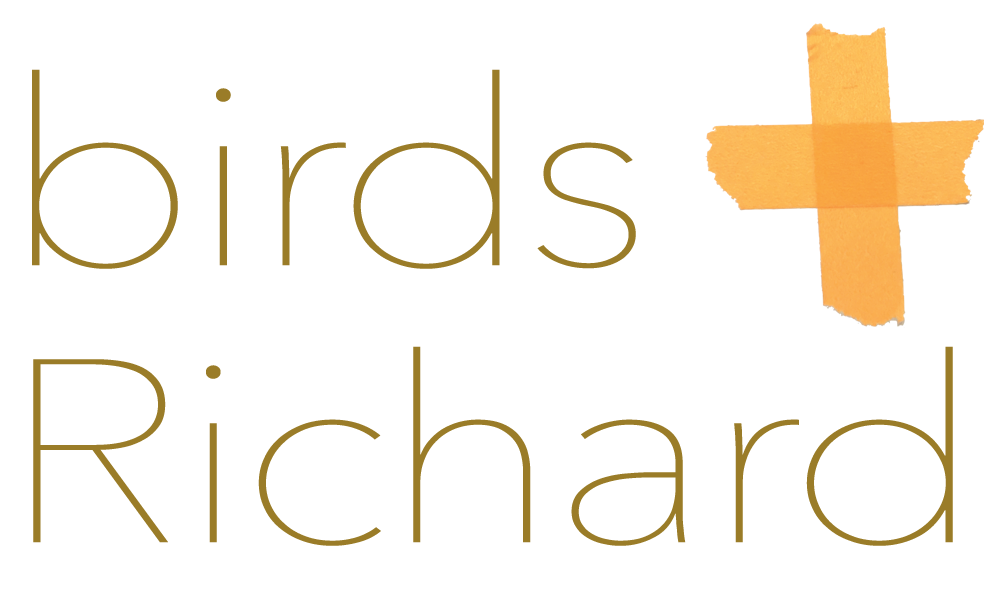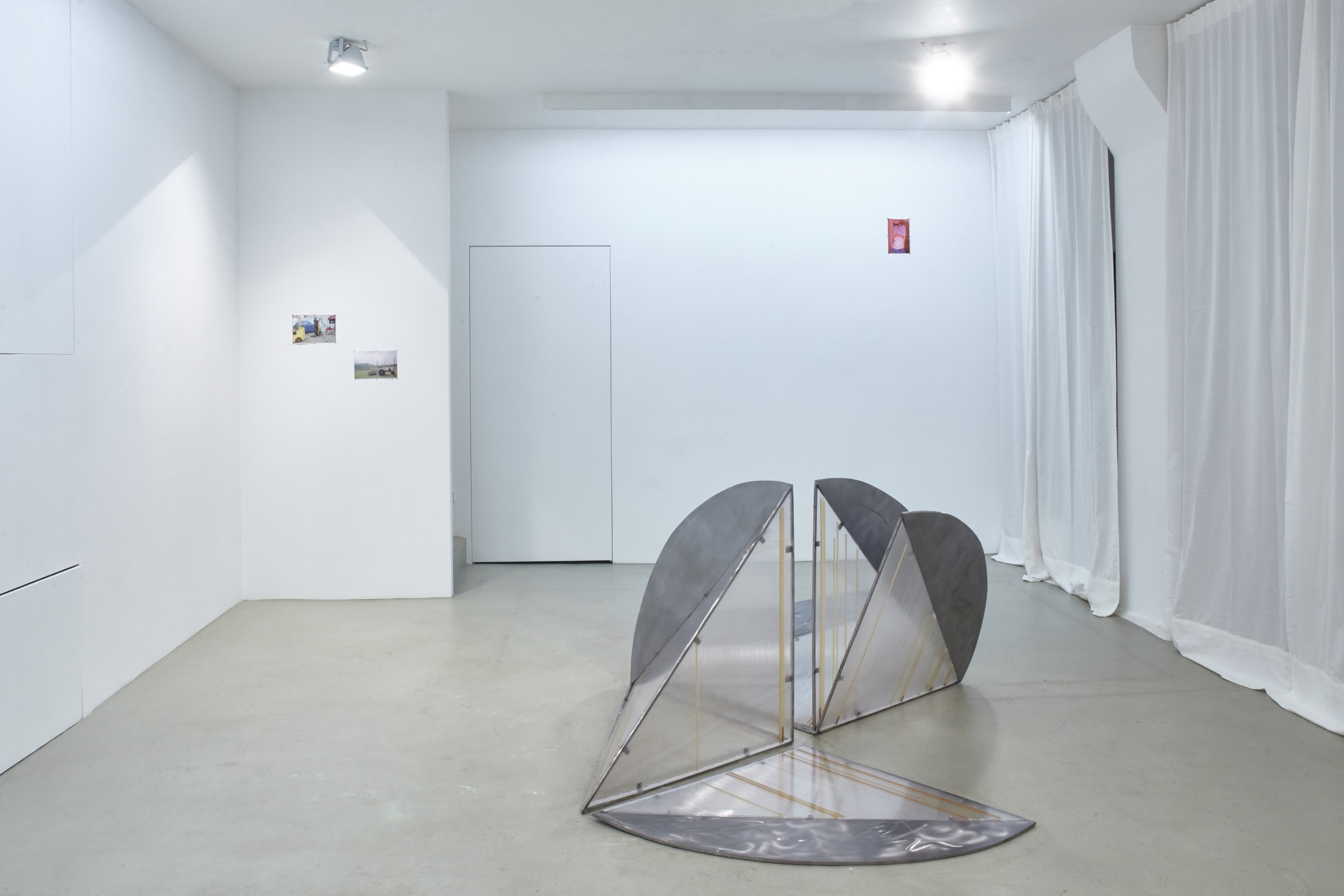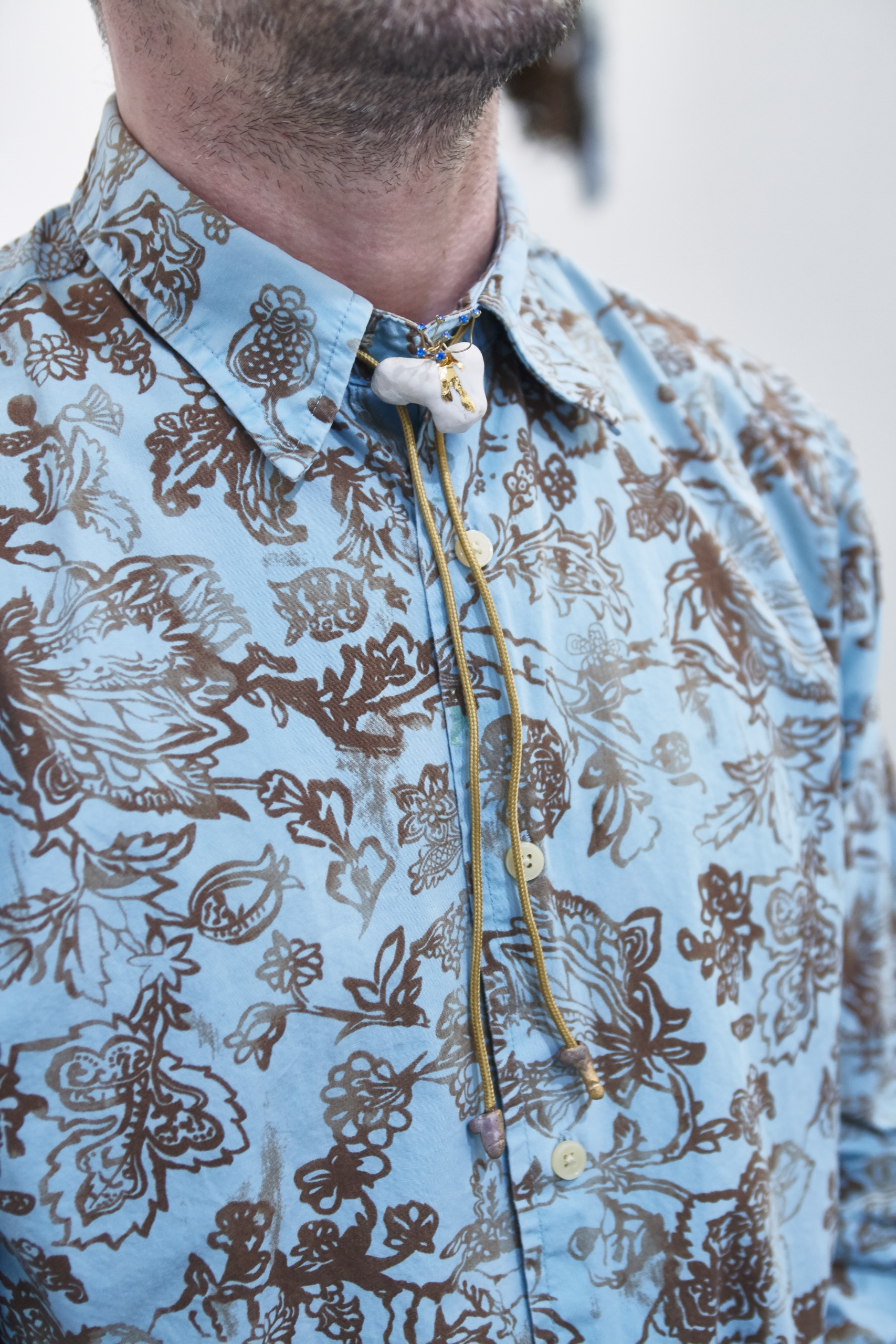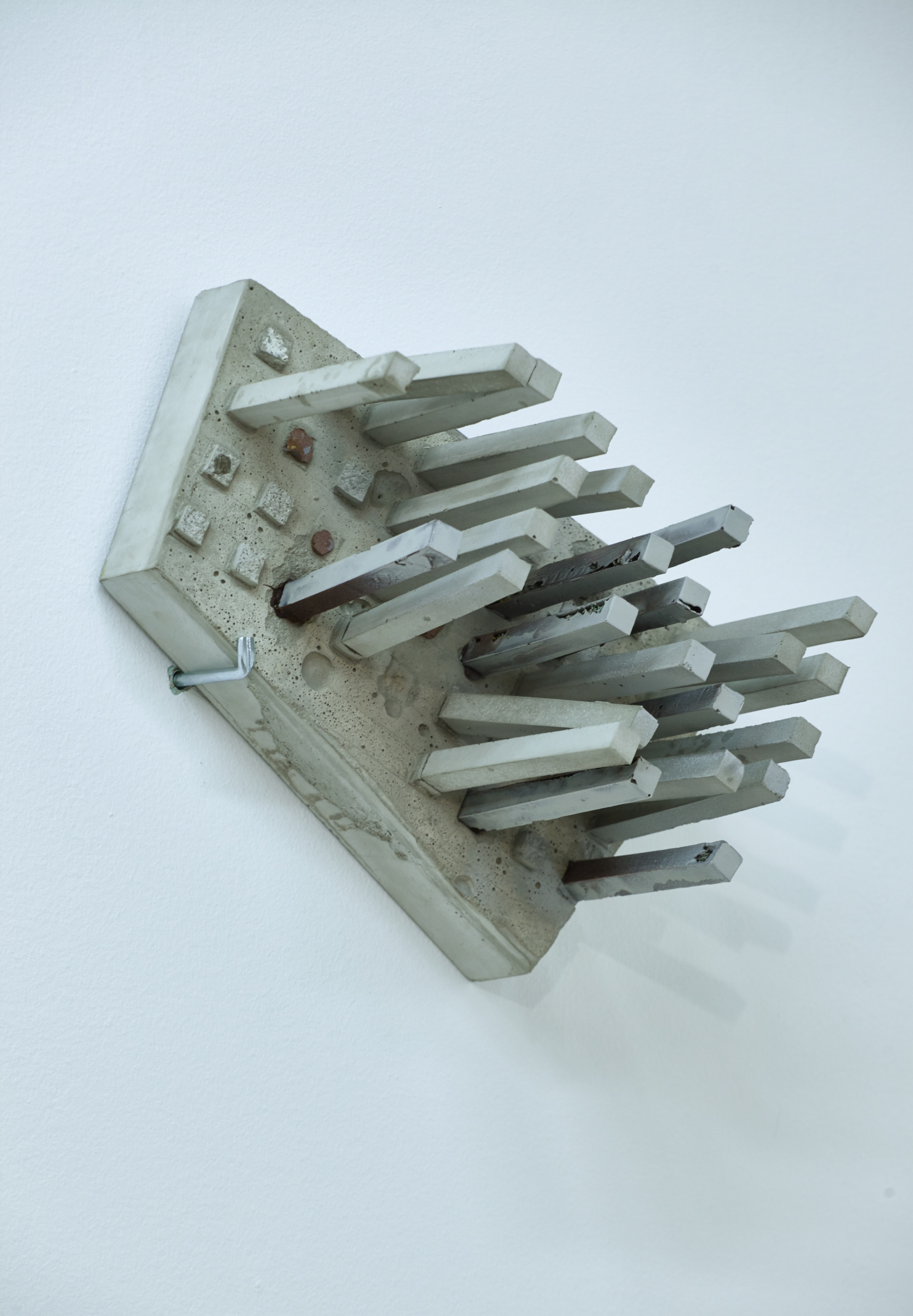JAN. 17, 2018 - MAR. 16, 2019 - if you like it | VULGÄR GARTEN EXPERIMENT
OPENING
Jan. 16, 2019 | 7-9 PM
DURATION
Jan. 17 - Mar. 17, 2019
GROUP SHOW
INTRODUCTION
by Maggie Grimason
“Place for me is the locus of desire.”
-Lucy Lippard
In her book “The Lure of the Local,” essayist of many talents Lucy Lippard makes the point that place is different from landscape, is something apart from nature. Place is an emotional understanding of the environment—a city, a village, a row of houses barely glanced from a highway. It is just as much the still point from which we gaze outward as the subject we're assessing. As light spills out onto the sidewalk adjacent to ROCKELMANN & PARTNER, where multidsciplinary artists Kristiane Kegelmann and Ben Peterson's joint show “if you like it | VULGÄR GARTEN EXPERIMENT” has taken up residence, an idea of place as self-defined though utterly wild is conjured.
Through materials culled from the natural world—a slip of clay, the bough of a tree—as well as the stuff explicitly of human invention—concrete, a roll of film—broad notions of nature and humanity are embedded. Individual works tug distinct threads and explore more singular concepts, while a cumulative sense of poetic place seems to fill the gallery. Place as mired in our own interiors as well as the external sites which we find ours lives mapped unto, the points of origin we carry with us into new terrain. Place as very human emotions like fear and hope at work in the world around us. The “vulgar garden” as the two artists address it bears the crude, honest mark of human hands. In works that are as earthy as they are deftly considered and arranged, the artists use the world at large as a path inward and to create dialogue on the social dimensions of the natural.
Where does desire enter in? Desire can make us will time to stand still out of fear of loss. It is a two-sided coin: it is dreamy, aspirational, full of tenderness. Just the same, it can smack of possessiveness, domination. Kristiane directly enunciates ideas of control and change in her two pieces “Folding No 1” and “Fett von Gestern.” Working with organic material, she embraced, even as she sketched out rough designs, that these pieces would change by virtue of their material—would in fact, only near completion when control had been surrendered. “It's just like real life,” she observed. “Some things I like to shape myself. I love working with steel,” but bringing that into balance, organic materials, things that decay, are also incorporated. “I let it hold something that is not in my control anymore, so the shape changes, or the consistency changes.” There's a tension, but also an affinity between these ideas.
It is human inclination perhaps to attempt to control nature, so that we might ease our fears—fear of dispossession, even mortality, though resisting these things is quite evidently at odds with the way life progresses and time moves. Ben works in clay, a material that is unfixed until it meets with fire. The medium just as much speaks to his preferred process, approaching, for example, his mobile piece—a lattice work of black clay baited with tiny, naked figures—as experimentation. “I'd rather be in a state of uncertainty,” he explained—a way of working that can liberate from the control that often accompanies expectation.
Both artists speak to human desire as it attempts to apply shape the wild world that surrounds us. A process which—evident as it is in the deterioration of everything, including the works of if you like it – Vulgär Garten—is hopeless. Instead of decay, we could instead think of this as fluidity, as change. Viewers are brought nearer and nearer to the works through smell—margarine and fennel seeds—in Kristiane's work. Or through the scale of Ben's—we are either moving near to see small-scale figures or are immersed in projected video work and photography. This intimacy with the pieces, with the gallery space, with the ideas it posits, I think, offers a place to look out from. A certain understanding that can be carried forth into the world.
The gallery, as ever, becomes the vantage point for looking. First, we see the works and parse out what they mean, then we can take our new eyes outside with us. It's often the desired affect of both making and experiencing art—whether that's an installation, a painting, or a poem—to create even some minor change, a fleeting jolt. That's very much to the the point. Everything is in a constant state of flux, so “change is the manifesto,” as Kristiane writes.
Hailing from rural Michigan, Ben often returns to the experience of growing up queer in a rural backwater. His days filled with the traditionally masculine pursuits of hunting and fishing, he has transposed those activities into an artistic process that involves constructing flashy pieces of tackle, or juxtaposing the feminine body with the bones of a tractor. Place can be defined and claimed by social experience, and naturally has a relationship to identity. The complex influence of where we come from and where we find ourselves, even the many places we've passed through, find their way into our means of expression. It's where we start from, which can also sometimes nudge us in the direction of where we end up.
Whether antagonistic or emancipatory, “if you like it – VULGÄR GARTEN EXPERIMENT” does something interesting—it favors what are the sometimes unwieldy and low parts of life—the hidden parts of a person [be it physical (nakedness) or emotional (fear)] and the many, many things that are so hard to acknowledge as entirely out of our control. That visibility is important work. When place, whatever our understanding of it, is represented as fixed, then it is dead. Because it is dead it can be exploited. That kind of thinking unleashed on the world is dangerous. In this work, instead, apprehension is a value. Acceptance, even discomfort, are values.
The postscript to this exhibition is heading out in the world, exploring place as surface as well as something dematerialized. As a sense carried with us all our days and in all of our travels. Though born of input from the outside world, it can be self-defined. Something that carries the shape that we give it with our hands, and then changes when we are able to let it go.








